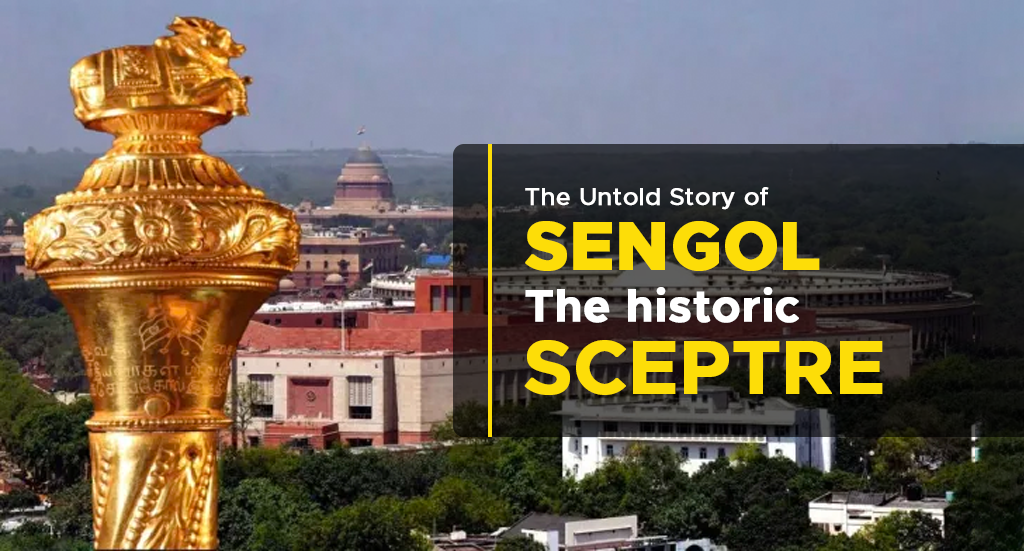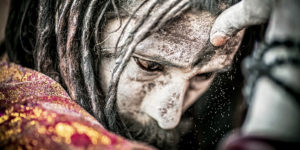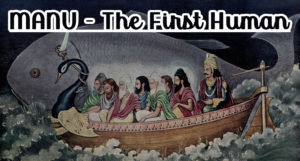India’s new Parliament building, built over an area of 64,500 square metres will be inaugurated by Prime Minister Narendra Modi on Sunday, May 28. The construction is a part of the government’s ambitious ₹20,000 crore Central Vista project that aims to improve the governance infrastructure by constructing a new parliament and giving a facelift to the central secretariat buildings, the offices of the prime minister and vice president, and giving a face-lift to the Central Vista avenue, renamed Kartavya Path.
The old parliament structure was designed and built by renowned British architects Sir Edwin Lutyens and Herbert Baker. The new Parliament will house a triangular building with refined AV systems, a remodelled Sansad Bhawan, state-of-the-art office spaces, and larger legislature chambers.
The inauguration has already sparked the hottest debate in the country with opposition boycotting the inauguration event. The leaders believe this undignified act completely sidelines the President of India- Droupadi Murmu, insulting the position of the President, and breaching the spirit of the Constitution.
A highlight of the ceremony will be the installation of the historical sceptre ‘Sengol’ in the new parliament building by PM Modi. The emblematic staff gets its unique name from the Tamil word ‘semmai’, meaning righteousness. As per the historical reports and news, the sceptre symbolises Independence as it marked the much-needed shift of power from the Britishers to the Indians. The sceptre is five feet in length and has a ‘Nandi’ bull on top that symbolises justice. It is made of silver with a coating of gold and will be installed near the chair of the Lok Sabha Speaker.
The last Viceroy of British India, Lord Mountbatten, asked then Prime Minister Jawaharlal Nehru a straightforward question that set off a series of events, leading to the making of the Sengol. Historical documents and news reports state that Lord Mountbatten questioned the to-be prime minister about the transition of authority following India’s independence. Prime Minister Nehru decided to consult the nation’s final Governor General, C Rajagopalachari for guidance at that point. Mr Rajagopalachari (Rajaji) informed Nehru of the Tamil custom of the high priest presenting a sceptre to the new king upon his accession to the throne. According to accounts, Rajaji said that this custom was observed throughout the Chola dynasty era and argued that it would signify India’s independence from the British Empire.
The daunting task of arranging the sceptre to signify India’s Independence made Rajaji contact a well-known religious mutt Thiruvaduthurai Atheenamin in present-day Tamil Nadu. The leader of the mutt accepted the responsibility to commission the Sengol and eventually, the sceptre was made by Vummidi Bangaru Chetty, a famous jeweller in then Madras.
Soon, the sceptre was handed over to Lord Mountbatten by a senior priest of the mutt and taken back. The emblematic Sengol was sprinkled with Holy Gangajal and respectfully handed over to Prime Minister Jawaharlal Nehru, reportedly 15 minutes before midnight, when India attained Independence.
Union Home Minister Amit Shah said the sceptre represents the values of fair and equitable governance. He said in a statement: The Sengol represents the values of fair and equitable governance. It will shine near the Lok Sabha Speaker’s podium as a national symbol of the Amrit Kaal, an era that will witness the new India taking its rightful place in the world.








